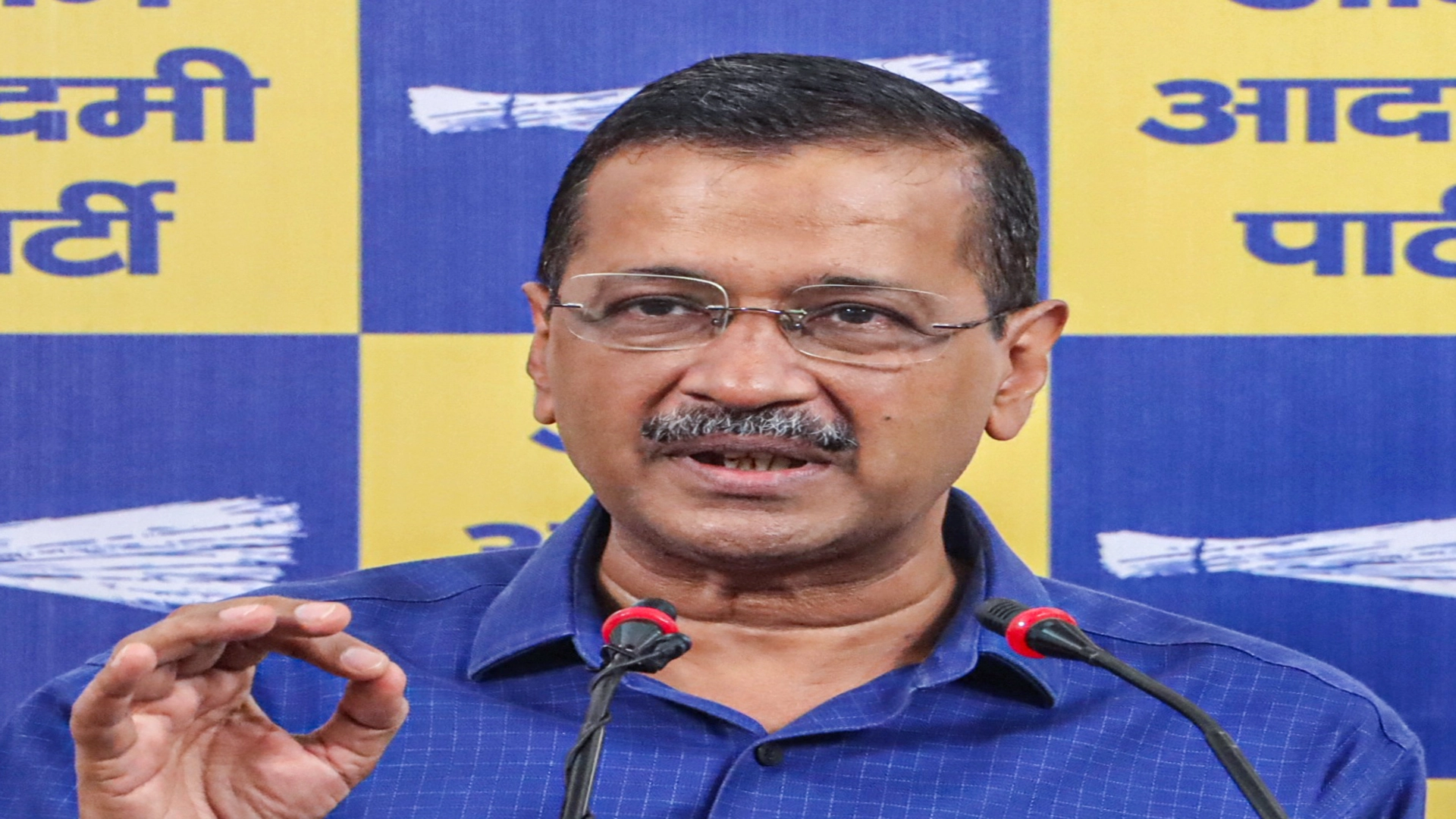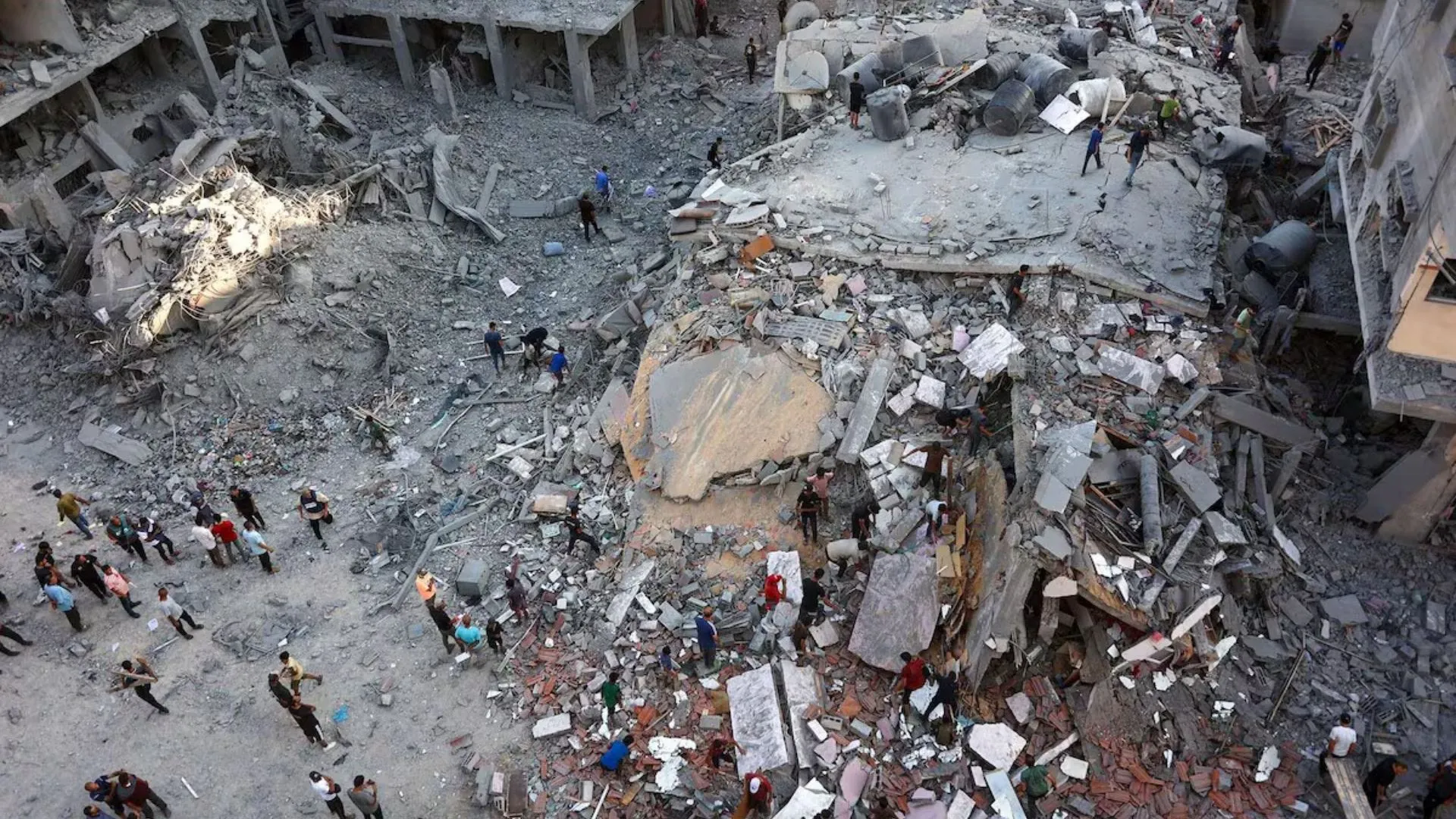The early days of the ongoing pandemic witnessed severe lockdowns in the country around the world, disrupting businesses and raising alarm about likely increase in insolvencies. In this context, the credit insurance company Euler Hermes, in July 2020, forecasted a +35% cumulated increase in its Global Insolvency Index over two years. Similarly, the IMF, in July 2020, projected that the insolvency of SMEs may triple from 4% to 12% and insolvency in the service sector may increase by 20%. These forecasts came in the backdrop of big business houses of the aviation, hospitality, fitness centers, and energy sectors such as Virgin Atlantic, Gold’s Gym, Avianca, CMX Cinemas, and Apex Parksgoing into bankruptcy during the pandemic period. There are several studies by the World Bank and IMF indicating increasing levels of corporate stress and a likely increase in insolvencies.
Parallels between the present crisis and the 2008 global financial crisis (GFC) have been drawn in terms of the risk of a rise in insolvencies, given that the latter had resulted in a spike in corporate bankruptcies in many developed countries like Japan (4.9%), UK (5.88%), Germany (11%) and US (40%). However, there are some differences between the situation in present times as compared to GFC.
SITUATION BEFORE THE PANDEMIC
Globally, the corporate sector was under stress even before the pandemic. The global non-financial sector corporate debt levels, as a percentage of global GDP, going into the present crisis, was 91% at the beginning of 2020, as compared to 73% in 2007 in the run up to the GFC. Private debt increased by 176% in developed markets and 973% in emerging markets between the period 2005-07 and 2017-19. Thus, the situation of corporate debt was precarious given that the sector was already on high leverage. Unlike the crisis of the past, the pandemic directly impacted the balance sheets of corporates with the potential to spill over to the balance sheets of banks and financial institutions.
In the Indian context, on the macroeconomic front, in the run-up to the pandemic, bank credit to the industrial sector was slowing down. The outstanding credit of SCBs to the corporate sector was about 45% of the total outstanding as of March, 2020. The gross non-performing assets (GNPA) ratio was projected to increase from 7.5% in September 2020 to 11.5% for FY 2020-21. Credit growth had decelerated to 5.4 % in 2019-20. The health of the corporate sector was showing signs of stress in general.
DURING THE PANDEMIC
The domino effect of the crisis spreading to multiple sectors and economies resulted in global output contraction at -3.3% in 2020. The pandemic also led to a decrease in global trade volume which contracted -8.5% in 2020 and FDI flows which were projected by UNCTAD, to fall by 40%in 2020, falling well below the low reached during the GFC. India’s real GDP growth rate contracted by 7.3% in FY 2020-21, the first contraction since 1980-81, with activity in the manufacturing and service sector decelerating sharply during this period. Credit growth decelerated further to 2.5 % in 2020-21.
AFTERMATH
While 2020 saw a contraction in all output indicators, recent projections by the IMF have ignited hopes of economic recovery as the global economy is projected to grow by 6% in 2021 and 4.9% in 2022. Backed by generous government fiscal support and regulatory forbearance policies, businesses in India have also shown resilience in the face of the COVID-19 crisis. According to the RBI,77.5% of MSMEs were granted loan moratorium by lenders, which was 69.29% of the total exposure of the financial sector to them. As regards the corporate sector, 31.31% of companies availed the facility, which was 34.28% of the sector’s total loans.GNPA ratio actually stood at 7.5% in 2020-21 as against the projected 11.5%.
Corporates are already showing signs of recovery after the Government eased restrictions and lifted lockdowns, since Q3 FY2020-21. There has been across the board improvement in net sales, PAT, operating profits, and PBDIT from September 2020 onwards for non-financial NSE 50 and NSE 500 companies. RBI has reported that after the deterioration in H1:2020-21, private corporate activity revived during H2:2020-21 after the gradual opening of the economy. Nominal sales of 724 listed private companies increased by 6.8% and 31.7% in Q3 and Q4 of FY 2020-21. The IT sector also experienced a 6.5% growth in sales during Q4.
MITIGATING FACTORS IN INDIA
Several factors have mitigated the translation of financial stress into insolvency of corporates in India. Examining the degree and scale of exposure of the banking sector to the corporate sector in India, on the demand side of credit it is seen that over the last two decades, Indian firms have been using equity financing (retained earnings and fresh issue of equity) more than debt financing, with credit from banks being the largest source of external finance. Thus, to a certain extent, the reasons for a quick recovery by the corporate sector in India can be attributed to the fact that debt financing by Indian corporates is not very high as compared to global levels.
On the supply side of credit to corporates, the growth of non-food credit by SCBs slumped to half its rate in 2019-20 vis-à-vis the previous year and further declined to 4.9% in 2020-21, reflecting weak demand and risk aversion among banks. The unabated weakening of economic activity, coupled with deleveraging of corporate balance sheets and risk aversion by banks due to asset quality concerns, were accentuated towards the close of 2019-20 by the pandemic, leading to a reduction in the incremental credit-deposit ratio from 77.7 in 2018-19 to 76.4 in 2019-20 and further to 72.7 in 2020-21. The credit-to-GDP gap has been wide, ranging from 50-53% over the period 2011-12 to 2019-20. It widened during 2020-21 to 56.4, reflecting the slack in credit demand. Data on sectoral deployment of bank credit for March 2020 points to a broad-based slowdown. Credit growth to industry fell sharply from 6.9%in 2018-19 to 0.7% in 2019-20 and further to 0.4% in 2020-21.
CONCLUSION
In the Indian context, based on the mitigating factors, identified above, as compared to advanced countries, corporate-level stress is not expected to be too high. However, the threat of corporate stress turning into insolvencies still exists, especially for those sectors that were most affected by the pandemic. There is a need to prepare for early interventions to address any corporate financial stress. It would be extremely crucial to triage corporates into those that need aid and those who do not for efficient allocation of resources to those who need it the most.























